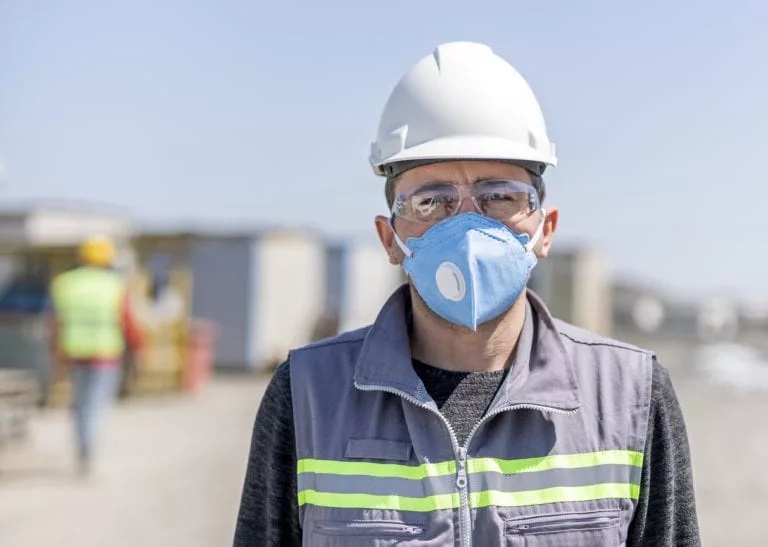
OSHA Releases COVID-19 Reopening Guidelines for Construction
The following article by John Biggs is as published on July 20, 2020 on procore.com.
In an effort to promote safe and healthy workplace as businesses across the country are reopening, the Occupational Safety and Health Administration (OSHA) recently released its recommendations to help construction workers and employers avoid exposure to COVID-19.
These aren’t mandates, unlike some new enforcement policies issued (and revised) in May, but rather a set of best-practices, advisories, and recommendations to help companies keep workers safe and reduce the chances of infection.
Evaluating Risk Levels by Type of Construction Work
The agency recommends companies determine how risky certain construction tasks are and perform a job hazard analysis. OSHA has broken out varying types of work and their associated risk into three main categories.
Lower (caution)
- Tasks that allow employees to remain at least six feet apart and involve little contact with the public, visitors, or customers.
Medium
- Tasks that require workers to be within six feet of one another.
- Tasks that require workers to be within six feet of customers, visitors, or members of the public.
High
- Entering an indoor worksite occupied by other workers, customers, or residents suspected of having or known to have COVID-19, including when an occupant of the site reports signs and symptoms consistent with the coronavirus.
By evaluating each task on this scale, companies can better manage risk to workers or site visitors. OSHA recommends delaying nonessential high-risk tasks until they can be conducted safely in accordance with appropriate infection prevention measures. This could include wearing of personal protective equipment (PPE) like masks or face shields, gloves, or other safety gear.
Indoor Construction Work
For essential or emergency construction work that has to get done, OSHA recommends “closed doors and walls, whenever feasible, as physical barriers to separate workers” from anyone experiencing symptoms of COVID-19.
The agency also recommends putting up additional barriers like plastic sheeting when workers must work in close proximity with someone suspected of having the virus.
New Training Recommended for All Construction Workers
Companies will be better equipped to thwart jobsite exposure to COVID-19 if their workforce is trained in how to reduce their chances of infection, according to OSHA. To that end, OSHA issued a series of recommendations for ways companies can better prepare their workers.
The agency says workers should be made familiar with “all signs and symptoms” of COVID-19 and with how the virus is spread, including asymptomatic carriers. Knowing what to look for will improve the odds that suspected infections are properly reported and sick workers are sent home or isolated appropriately.
OSHA further suggests that social distancing and hygiene practices should be taught. Workers should avoid physical contact and maintain at least six feet of space between themselves and others. Even basic hygiene practices should be covered, for instance, proper cough and sneeze covering (into a tissue or the upper sleeve, never into the hand) and how to properly wash their hands for at least 20 seconds.
Also recommended is teaching workers how to correctly wear PPE to maximize their effectiveness. Proper handling, disposal, removal, and decontamination of safety equipment is also emphasized.
General Workplace Safety Practice Recommendations
Some OSHA safety recommendations are basic in nature, while others are a bit more involved. For example, all visitors to a construction site should be screened for symptoms of COVID-19 ahead of their arrival. The agency recommends adopting staggered work schedules to reduce the number of workers on-site and improve social distancing. Any job site “choke points” where groups of workers are forced to stand in close proximity like hallways and elevators should be identified and evaluated.
Site deliveries should happen under controlled circumstances to minimize contact with others. OSHA also recommends delivery personnel stay in their vehicles when possible.
The best way to keep everybody safe is to err on the side of caution. None of these guidelines carry the force of law, but OSHA’s mandate is to keep workplaces free of hazards and ensure workers remain safe.
